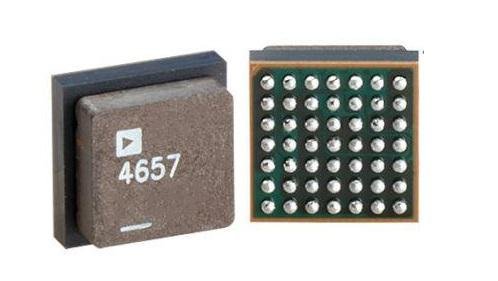Introduction to DC-DC Power Supply Modules:
DC-DC Power Supply Modules are electronic devices used to convert a direct current (DC) voltage from one level to another. These modules are widely used in various applications where a change in voltage level is required, such as in battery-powered systems, telecommunications equipment, and renewable energy systems. They are designed to be highly efficient, compact, and versatile, making them a popular choice for system designers.
Types of DC-DC Power Supply Modules:
There are several types of DC-DC Power Supply Modules, including buck converters, boost converters, buck-boost converters, and isolated converters. Buck converters lower the voltage, boost converters raise it, buck-boost converters can both lower and raise it, and isolated converters provide electrical isolation between the input and output. The type of module used depends on the specific requirements of the system.
Buck converters: Buck converters, also known as step-down converters, are the most common type of DC-DC Power Supply Modules. They convert a higher voltage to a lower voltage by switching the input voltage on and off at a high frequency. The voltage drop is achieved by the use of inductors and capacitors, which store energy during the on-time and release it during the off-time. Buck converters are widely used in applications where a lower voltage is required, such as in battery-powered systems, where the voltage must be reduced from a higher level to match the battery voltage.
Boost converters: Boost converters, also known as step-up converters, raise the voltage from a lower level to a higher level. They work by storing energy in an inductor during the on-time and releasing it to the output during the off-time. The voltage is increased by using the inductor to store energy and then release it to the output at a higher voltage. Boost converters are commonly used in applications where a higher voltage is required, such as in renewable energy systems, where the voltage from a solar panel must be increased to match the voltage of the battery.
Buck-boost converters: Buck-boost converters are a combination of buck and boost converters and can both lower and raise the voltage. They are useful in applications where the input voltage may vary over a wide range, such as in battery-powered systems, where the battery voltage may fluctuate due to changes in the battery’s state of charge. Buck-boost converters can automatically adjust the output voltage to match the changing input voltage, ensuring that the load receives a stable voltage.
Isolated converters: Isolated converters provide electrical isolation between the input and output. This means that there is no direct electrical connection between the input and output, reducing the risk of electrical hazards and allowing for the safe transfer of power. Isolated converters are commonly used in applications where electrical isolation is required, such as in medical equipment and telecommunications systems.
Crucial Factors for Effective Efficiency of DC-DC Power Supply Module:
DC-DC Power Supply Modules are designed to be highly efficient, converting as much of the input energy as possible into usable output power. They use switching regulators to convert the voltage, which allows for high efficiency and small size compared to linear regulators. The conversion process generates heat, which can affect the performance and reliability of the module. Therefore, it’s important to ensure that the module is properly cooled and housed in an appropriate environment.
Typical Applications of DC-DC Power Supply Modules:
DC-DC Power Supply Modules often come in compact packages, making them ideal for use in space-constrained applications. Some modules are even designed to be surface mounted directly onto printed circuit boards, further reducing the space requirements of the system.
DC-DC Power Supply Modules also offer a high degree of flexibility and versatility. They can be used with a wide range of input voltage sources, including batteries, solar panels, and AC-DC power supplies. They can also be designed to operate over.



